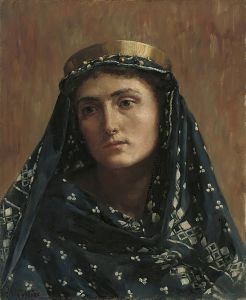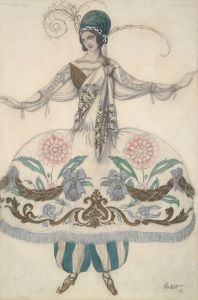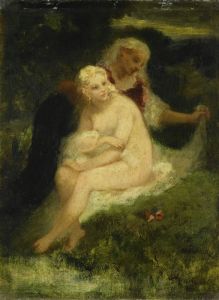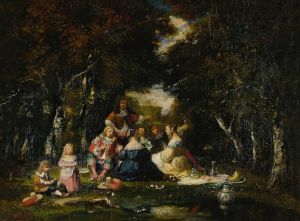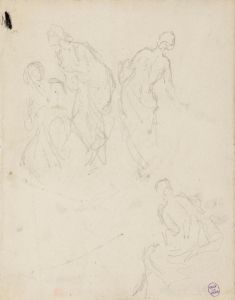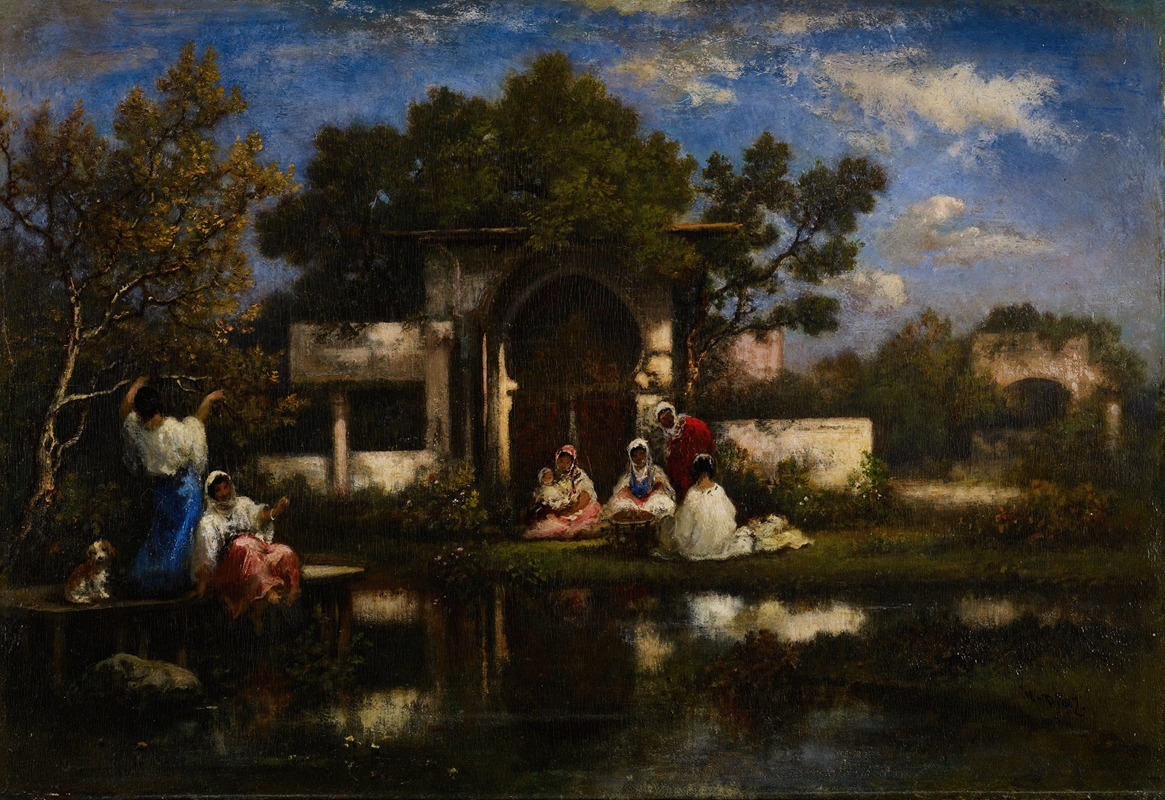
Seraglio, Constantinople
A hand-painted replica of Narcisse-Virgile Diaz de La Peña’s masterpiece Seraglio, Constantinople, meticulously crafted by professional artists to capture the true essence of the original. Each piece is created with museum-quality canvas and rare mineral pigments, carefully painted by experienced artists with delicate brushstrokes and rich, layered colors to perfectly recreate the texture of the original artwork. Unlike machine-printed reproductions, this hand-painted version brings the painting to life, infused with the artist’s emotions and skill in every stroke. Whether for personal collection or home decoration, it instantly elevates the artistic atmosphere of any space.
Narcisse-Virgile Diaz de la Peña was a prominent 19th-century French painter associated with the Barbizon School, a movement that emphasized naturalism and was a precursor to Impressionism. Known for his vibrant use of color and expressive brushwork, Diaz de la Peña often depicted landscapes, figures, and orientalist themes. One of his works, "Seraglio, Constantinople," reflects his interest in exotic and orientalist subjects, which were popular in European art during the 19th century.
"Seraglio, Constantinople" is a painting that captures the opulence and mystique associated with the Ottoman Empire, particularly the seraglio, or the private living quarters of the sultan and his family within the Topkapi Palace in Constantinople (modern-day Istanbul). The seraglio was a subject of fascination and intrigue for many Western artists and writers, who often romanticized and exoticized the East in their works.
Diaz de la Peña's painting likely portrays an imagined scene within the seraglio, as was common among orientalist artists who often relied on second-hand accounts, imagination, and artistic license rather than direct observation. The painting would typically feature rich, vivid colors and intricate details to convey the luxurious and exotic atmosphere of the setting. Elements such as lavish textiles, ornate architecture, and figures in traditional Ottoman attire might be present to enhance the sense of exoticism.
The orientalist genre, to which "Seraglio, Constantinople" belongs, was characterized by its depiction of Eastern cultures through a Western lens, often emphasizing sensuality, mystery, and decadence. This genre was both popular and controversial, as it reflected Western attitudes and stereotypes about the East, often ignoring the complexities and realities of the cultures it portrayed.
Diaz de la Peña's work, including "Seraglio, Constantinople," contributed to the broader 19th-century European fascination with the Orient. This interest was fueled by increased travel, trade, and colonial expansion, which brought greater awareness of Eastern cultures to the West. However, it also perpetuated a simplified and often inaccurate view of these cultures, as artists like Diaz de la Peña interpreted them through their own cultural biases and artistic conventions.
While specific details about "Seraglio, Constantinople" are limited, the painting is an example of Diaz de la Peña's skill in capturing mood and atmosphere through color and composition. His work remains significant for its contribution to the Barbizon School and its influence on later developments in art, particularly the Impressionist movement. Diaz de la Peña's orientalist paintings, including "Seraglio, Constantinople," continue to be studied for their artistic merit and their role in the cultural exchange between East and West during the 19th century.





